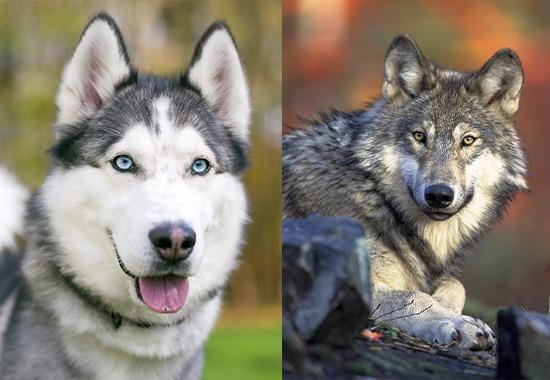The genealogy of today's companion dogs may
be traced back to at least two different populations of prehistoric wolves,
according to newly published research.
A worldwide team of geneticists and
archaeologists led by the Francis Crick Institute in London examined 72 ancient
wolf genomes from Europe, Siberia, and North America, according to an article
on Yahoo Finance on July 1.
Researchers want to shed light on "one
of the largest unresolved problems" in human history—how dogs were
domesticated—via this study.
Dogs are said to have been domesticated at
least 15,000 years ago during the Ice Age. However, it is still unknown where
this occurred, and if it occurred in a single area or numerous locations at the
same time. –
A 32,000-year-old Siberian wolf's skull and
an 18,000-year-old wolf youngster from Russia's Yakutia region were utilized in
the study. The researchers also used previously unearthed ancient wolf bones.
The researchers discovered that early and
current canines have a closer genetic affinity with ancient Asian wolves than
they did with European wolves.
This suggests that domestication occurred
in the east.
Additionally, the data implies that two
distinct wolf populations have contributed to the DNA of dogs.
According to recent research, Sibera and
Americans, two of Europe's first domesticated dogs, have an Asian ancestor.
Earlier, dogs from Asia and the Middle East
are said to have spread to Africa, southern Europe, and the Middle East.
This dual ancestry has spawned two ideas.
One possible reason is that wolves were
domesticated many times, resulting in a mixture of distinct populations.
Alternatively, it is possible that
domestication occurred just once, and that these early dogs interbred with wild
canines.
According to one of the study's authors,
Anders Bergström, "Through this initiative, we have substantially expanded
the number of sequenced ancient wolf genomes, enabling us to generate a
thorough picture, especially around the time of dog beginnings, of the
evolution of our closest relative, the bear."
To put the dog element into this picture,
we discovered that dogs are descended from two unique, distinct, and distinct
wolf populations—one from the east and one from the west.
It is believed by some experts that the
ongoing search for a dog's near-old wolf progenitor might disclose definitively
where domestication initially occurred.
